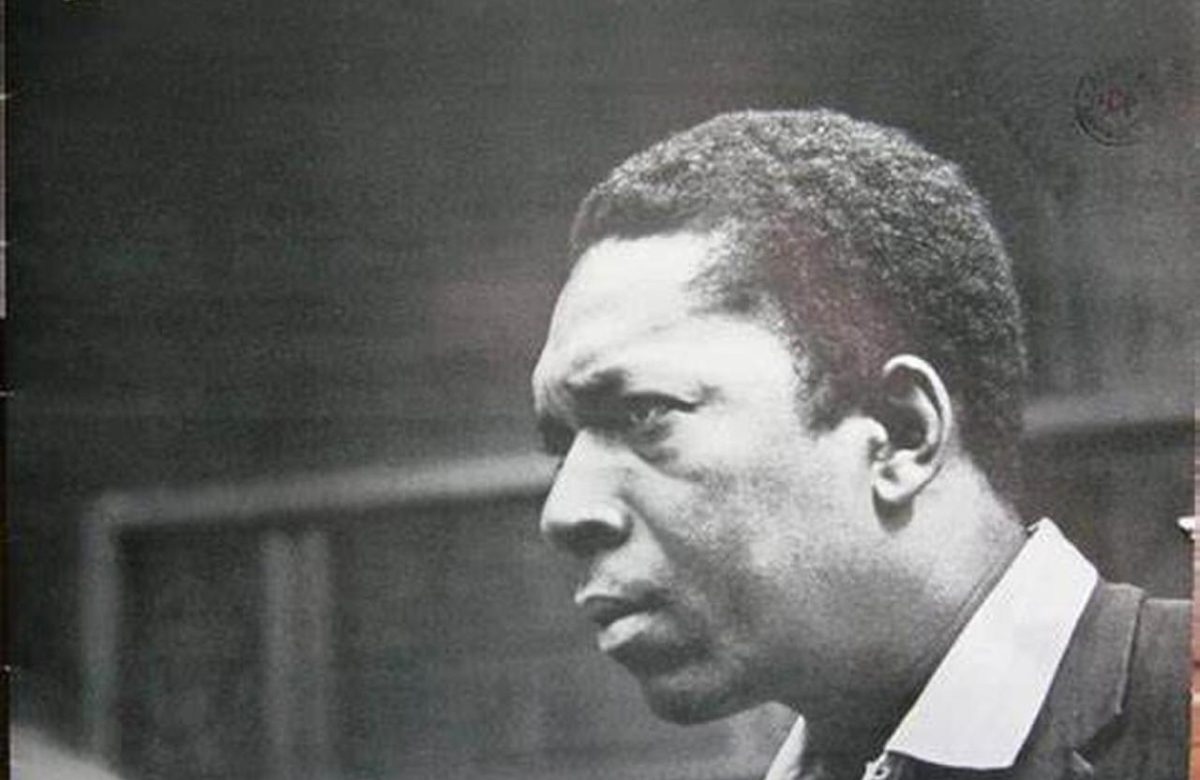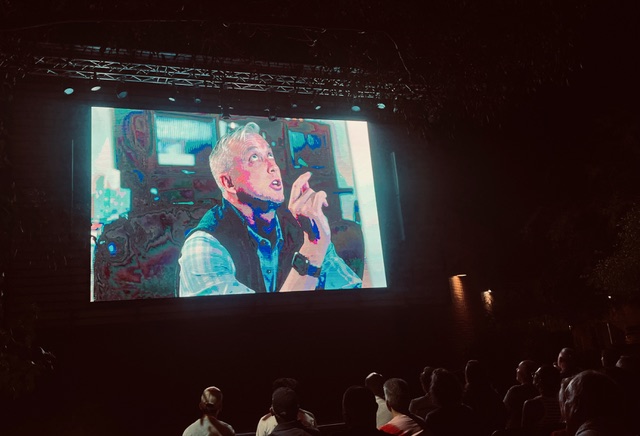
…Winner of Best Script at the Detroit Independent Film Festival, this music biopic aims not for hagiography but for revelation—treating faith, addiction, and artistic rigor as equally cinematic.
What’s most striking about A Love Supreme on the page is its clarity of purpose. Rather than a cradle-to-grave greatest-hits tour, the screenplay builds a clean dramatic spine: a harrowing two-week detox, a visionary reckoning with Coltrane’s past, and the hard-won transcendence that culminates in the recording of his landmark suite. By anchoring the narrative to this redemptive arc, the script keeps its compass set even as it ranges across clubs, studios, churches, and continents.
The musical set pieces aren’t ornamental. Club dates in the chaotic, pre-sobriety years play like action sequences—cacophony as conflict—while post-detox sessions at Van Gelder’s have the breath-held intensity of a heist. The writing is attentive to how sound can be dramatized: mantra and breath become physical beats, key-clicks and room tone carry meaning, and the famed “Psalm” movement is staged as a spiritual deliverance rather than mere performance. It’s the rare music biopic that treats interiority as action.
The constellation around Coltrane is well chosen. Miles and Monk enter like weather fronts—brief but catalytic—while Eric Dolphy emerges as the most compelling foil, a mirror who embodies both the cost and necessity of artistic risk. The personal life is sketched with sensitivity, charting the transition from Naima’s steadiness to Alice’s creative partnership. If there’s a blind spot, it’s here: both women are vivid but under-authored, too often orbiting John’s crises rather than pursuing fully independent aims. One scene apiece—centering Naima’s agency post-separation and Alice’s own musical thesis—would deepen the script’s emotional ledger.
Structurally, the first act occasionally feels like a loop: show up high, pay the price, repeat. The pattern does escalate toward the decisive firing that precipitates detox, but a leaner early stretch would sharpen the descent-to-rebirth momentum. Later, the script moves with confidence through festivals, tours, and studios, though the globe-trotting can cause momentary whiplash; clear time-and-place cards in production would keep viewers oriented without resorting to exposition.
Dialogue has an easy period lilt—plenty of “man”s and “yeah”s—yet sometimes winks at the canon (“giant steps”-style nods) in ways that superfans will clock and others may find on-the-nose. A handful of comedic grace notes (a post-concert solidarity gag after a hostile crowd) land a touch broad for the otherwise grounded tone. These are trims, not rewrites: the material mostly trusts subtext and behavior to do the heavy lifting.
The screenplay also takes a swing at the “misunderstood genius vs. critics” trope with a caricatured French detractor. It’s a familiar device, and here it risks sanding off the nuance of how breakthroughs are received—often with bafflement and devotion sharing the same room. Giving that figure sharper arguments, or letting audience reaction and band dynamics carry the conflict, would make Coltrane’s eventual vindication feel earned rather than ordained.
As a reading experience, the script is unusually cinematic. It suggests—not dictates—the length and texture of performances, outlining emotional beats rather than sheet-music detail. On screen, those pages will live or die by sound design and performance: the contrast between pre-clarity chaos and post-detox precision, the sensation of breath returning to a body, the mantra becoming music. If the production secures the necessary rights (or crafts authoritative new recordings), the finale could be rapturous.
Beyond craft, what elevates A Love Supreme is its refusal to treat spirituality as décor. Coltrane’s faith isn’t an explanatory note; it’s the drama. The “vision” sequences risk cliché in less careful hands, but here they’re written with restraint, grounding revelation in sobriety, discipline, and community rather than mystic shortcuts. The movie this script promises sits in the lineage of Love & Mercy and Ma Rainey’s Black Bottom: performance-driven, formally attentive, and alert to the messy overlap of life and art.
If the first act tightens, if Naima and Alice step into fuller agency, and if a few on-the-nose nods are dialed back, this could be a singular entry in the music-biopic canon—one that earns its title not by quotation but by dramatizing the work, risk, and grace behind it.
Verdict: Recommended (★★★★☆) – a spiritually charged, musically acute portrait with the potential to soar.
Frankie Stein



